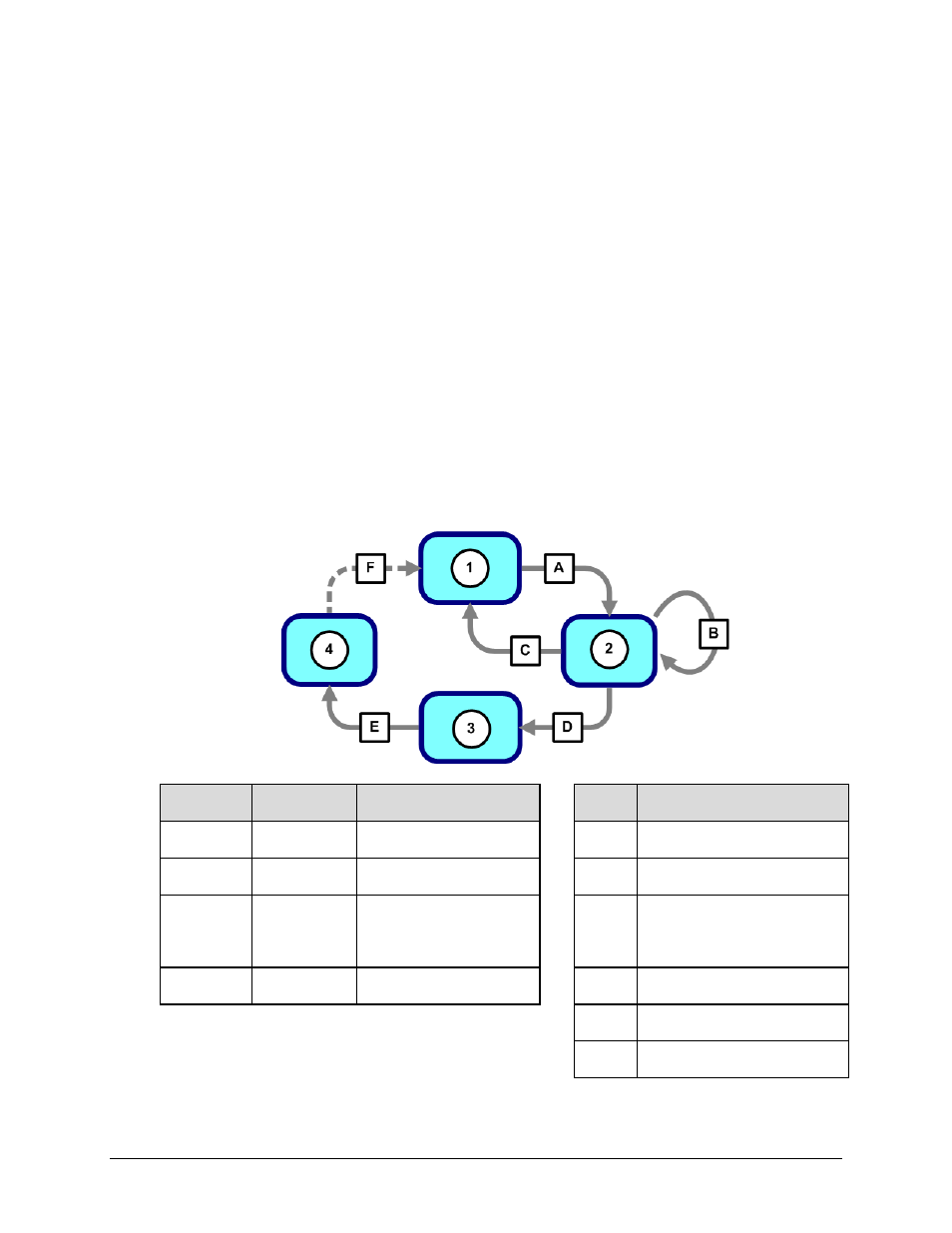Comtech EF Data CDM-840 User Manual
Page 228

CDM-840 Remote Router
Revision 2
Appendix F
MN-CDM840
F–8
CDM-840 IP Address along with its ECM state flag (i.e., Online, Wait, or Offline) into the first
queued list. The controller checks the flag to determine next operation. If the ECM state is
Online, an SRS is assigned for next TAP processing.
• The CDM-840 receives the TAP with its IP Address in the SRS list and, based on where its
place is in the sequential order, determines the slot assignment. By design convention,
assigned slots are at the end of the cycle and whatever remains is used for contention at the
beginning of the cycle. With the assignment, the CDM-840 transmits management data in its
assigned slot and awaits acknowledgment and next assignment.
• After the CDM-840 completes its registration protocol, it releases the active flag in the next
RID cycle. At this point, the HCC will remove the processing CDM-840’s IP Address from the
list clearing the SRS allocation. If the CDM-840 is not switched out of ECM mode, it will
proceed to send a Status Update Message (SUM) every minute in order to maintain its
active status with VMS. Typically, a SUM should only require one transmission unless there
is contention, in which case the CDM-840 will go into back-off mode until the CDM-840
received acknowledgment from the HCC that the SUM was successfully transmitted.
Figure F-4 illustrates the internal logic diagram of the HCC processing of remote messages.
Processing
Segment
Description
Remarks
Action Remarks
1
ALOHA
A
RID Detected – add to Detection
List of TAP
2
TAP
In “Assigned Slot” list
B
RID Detected – add to Detection
List of TAP
3
SWITCH
PENDING
In “Switch Pending” list –
Switch Request sent to VMS
up to 5X in 12-second
intervals until response
C
Missed ‘N’ Consecutive Cycle
4
SWITCHED
D
Registration complete – no more
slots needed
E
“Disable” message received from
VMS
F
CDM-840 received “Revert”
message from VMS
Figure F-4. ECM Message Processing – CDD-880 Multi Receiver Router
